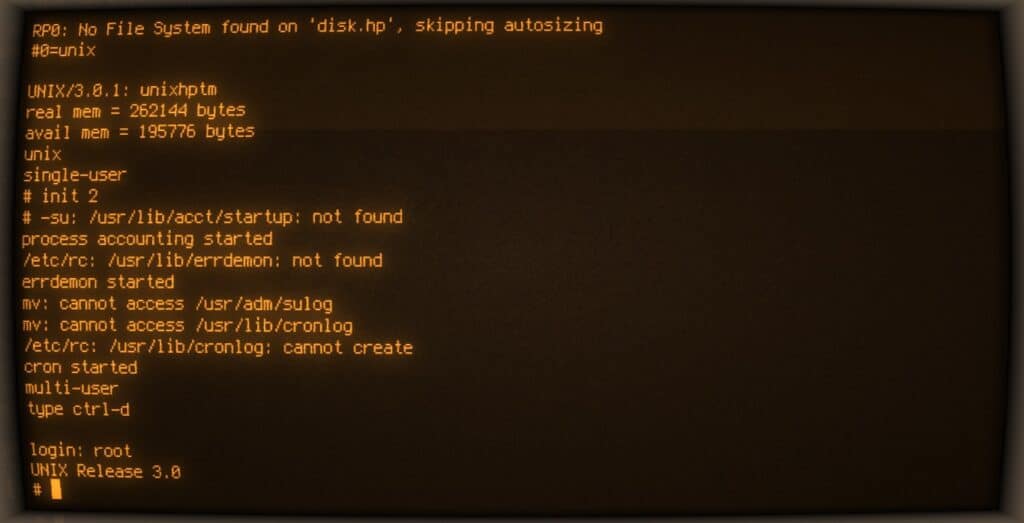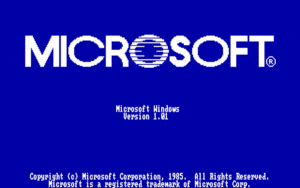The history of modern operating systems cannot be told without mentioning UNIX System III, a pivotal version developed by the Unix Support Group (USG) of AT&T and released by Bell Labs in 1982. Although often overshadowed by its successor, UNIX System V, System III played a critical role in unifying earlier UNIX versions and laying the groundwork for commercial operating systems.
Historical Context and Origins
UNIX System III emerged during a transformative period in the computing industry. By the late 1970s and early 1980s, UNIX had already established itself as an essential tool in academic and research environments. However, fragmentation was a growing issue, with multiple UNIX variants tailored to specific needs, creating inconsistency across systems.
To address this fragmentation, the Unix Support Group aimed to consolidate the various UNIX versions under a unified system. UNIX System III integrated features from several earlier UNIX editions, including:
- PWB/UNIX 2.0 (Programmer’s Workbench): Designed for software development.
- CB UNIX 3.0 (Columbus UNIX): Focused on commercial applications.
- UNIX/TS 3.0.1 (Time-Sharing): Optimized for time-sharing environments.
- UNIX/32V: Tailored for the VAX architecture.
This consolidation effort resulted in a versatile operating system that could run on both DEC PDP-11 and VAX computers, marking a significant step forward in UNIX portability.
Key Features of UNIX System III
Although not as revolutionary as some of its contemporaries, UNIX System III introduced several notable features that enhanced its functionality and usability:
1. Named Pipes
System III introduced named pipes, a mechanism for inter-process communication that provided a more flexible way for processes to share data. This innovation remains a fundamental feature in many UNIX-like systems today.
2. uname Command
The inclusion of the uname command allowed users to retrieve critical system information, such as the operating system name and version. This command is still widely used for administrative and diagnostic tasks.
3. Run Queue
System III enhanced process management with a run queue, improving resource allocation and multitasking efficiency in multi-user environments.
Despite these advances, System III lacked certain features popularized by BSD (Berkeley Software Distribution), such as the C shell (csh) and advanced text editors like vi. This omission limited its appeal in academic circles and among developers accustomed to BSD innovations.
Limitations and Criticism
While UNIX System III represented a significant step toward unification, it fell short in integrating the advanced features of BSD, which had gained widespread popularity. Notably absent were tools like:
- TCP/IP networking stack: A critical component developed by BSD that laid the foundation for modern internet communication.
- Enhanced text editors: Tools such as
vioffered by BSD were missing, making System III less attractive for power users.
Additionally, while System III aimed to unify the UNIX ecosystem, its short lifespan and rapid succession by UNIX System V limited its long-term impact.
The Name: Why “System III”?
The name “System III” has an intriguing history. It is believed to derive from its foundation on UNIX/TS 3.0.1 and CB UNIX 3.0. Curiously, no systems named “System I” or “System II” ever existed. Similarly, there was no official UNIX System IV. Instead, System III was directly succeeded by UNIX System V, which became the first commercially successful UNIX version.
Variations and Derivatives of System III
UNIX System III served as a foundation for several commercial and custom implementations, showcasing its adaptability. Key derivatives include:
- HP-UX: Hewlett-Packard’s UNIX variant for enterprise systems.
- IRIX: Developed by Silicon Graphics for high-performance graphical computing.
- Xenix: A Microsoft-developed UNIX variant for microcomputers, marking Microsoft’s early foray into the UNIX world.
- SINIX: A UNIX derivative used primarily in European markets.
- PNX: A variant designed by Siemens.
- Venix: Optimized for personal computers based on DEC hardware.
These derivatives extended UNIX System III’s reach into diverse markets, highlighting its role as a foundational system.
Impact and Legacy
1. Foundation for UNIX System V
System III paved the way for UNIX System V, which became one of the most influential commercial operating systems in history. System V incorporated many features of System III while adding innovations that would define enterprise UNIX systems.
2. Unification of UNIX Variants
By consolidating multiple UNIX versions into a single system, System III addressed the growing fragmentation in the UNIX ecosystem, making it easier for developers and users to work with a standardized platform.
3. Inspiration for Commercial Implementations
The success of derivatives like HP-UX and IRIX demonstrates the adaptability of System III’s architecture and its relevance in commercial and enterprise environments.
Enduring Features in Modern Systems
Many of the innovations introduced in UNIX System III have become staples of modern operating systems. Features like named pipes and process management improvements continue to influence system design. Moreover, commands such as uname are ubiquitous across UNIX-like systems, underscoring the lasting impact of System III.
Challenges and Missed Opportunities
Despite its contributions, UNIX System III faced challenges that limited its adoption:
- Competition from BSD: BSD’s advanced networking and developer-friendly tools gave it an edge over System III in academic and technical environments.
- Rapid Obsolescence: The quick transition to System V meant that System III had little time to establish itself as a long-term standard.
UNIX System III vs. BSD
| Feature | UNIX System III | BSD (Berkeley Software Distribution) |
|---|---|---|
| Release Year | 1982 | 1977 (initial BSD) |
| Networking Support | Lacked built-in TCP/IP | Introduced the TCP/IP stack |
| Text Editor | Basic tools | Advanced editors like vi |
| Shell | Bourne Shell | C Shell (csh) |
| Process Communication | Named pipes | Sockets |
| Adoption | Commercial and enterprise | Academic and research |
Conclusion: The Legacy of UNIX System III
While UNIX System III may not have achieved the same fame as UNIX System V or BSD, its role in the evolution of operating systems is undeniable. By consolidating features from earlier UNIX versions and introducing new tools like named pipes and uname, System III set the stage for the development of modern UNIX systems.
Its derivatives, such as HP-UX and Xenix, carried its influence into diverse markets, while its architectural principles remain embedded in today’s operating systems. Although it was quickly overshadowed by its successors, UNIX System III represents an important chapter in the history of computing, bridging the gap between early UNIX versions and the robust, standardized systems we rely on today.











